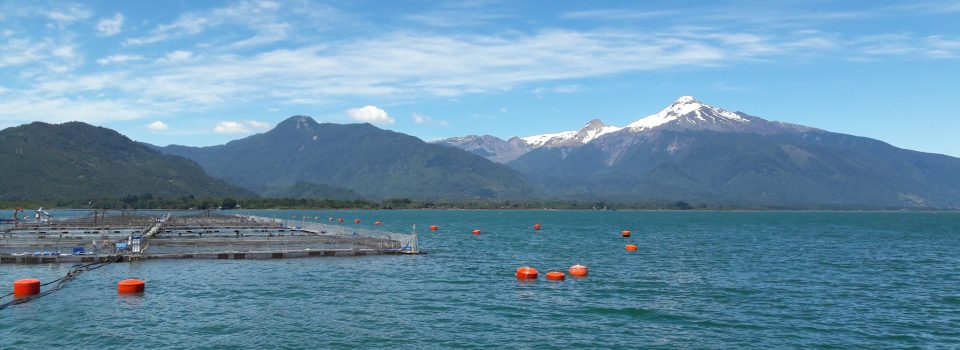Development of a model for ascertaining load capacity in the inland sea of Chiloé: Progress and Challenges
January 5th, 2017The information provided by these simulations will allow to know and evaluate (based on dissolved oxygen levels in the water column and food availability) the load capacity of certain areas of the inland sea of Chiloé.
On Thursday August 11, at Gran Pacifico Hotel of Puerto Montt, a seminar was held on diffusion of projects that are currently underway within the aquaculture division of the Instituto de Fomento Pesquero.
On that occasion, Dr. Pablo Rojas presented the work entitled: Development of a model to evaluate load capacity in the inland sea of Chiloé: Progress and Challenges, which is part of the project: environmental performance of aquaculture in Chile.
The presentation was intended to show the progress made to date regarding the analysis of environmental information (CTDO; phyto-, zooplankton, nutrients, etc.) and methodology to address the development of a model of cargo capacity.
The study is based on bio-oceanographic information (with a seasonal periodicity) which rises in the inland sea of Chiloe, in order to have a first approach concerning the environmental status of the study area.
The results obtained from the analysis of different environmental variables (state variables) resulting from oceanographic monitoring were incorporated into a biogeochemical model connected to a bio-optical model developed in STELLA (modeling software). The results of the simulations (Phyto-growth, ZooPhyto Grazing, Phyto mortality, ZooPhyto Detritus, among others) made in STELLA, were connected to a (3D) hydrodynamic model that includes 3 levels nested developed in MOHID WATER (software that has proven to be very useful for modeling different physical and biogeochemical processes in aquatic systems, watersheds and estuaries at different scales).

The information provided by these simulations will allow to know and evaluate (based on dissolved oxygen levels in the water column and food availability) the load capacity of certain areas of the inland sea of Chiloé.
Finally, Dr. Rojas said that “the challenge of developing a model of cargo capacity (calibrated and validated) requires a great effort of spatiotemporal sampling and information analysis. However, we hope that the information provided by this model could make easier the understanding of inland sea ecosystem of Chiloe Archipelago, and serve as a support tool for the administration and management of aquaculture activities carried out in the area. “
